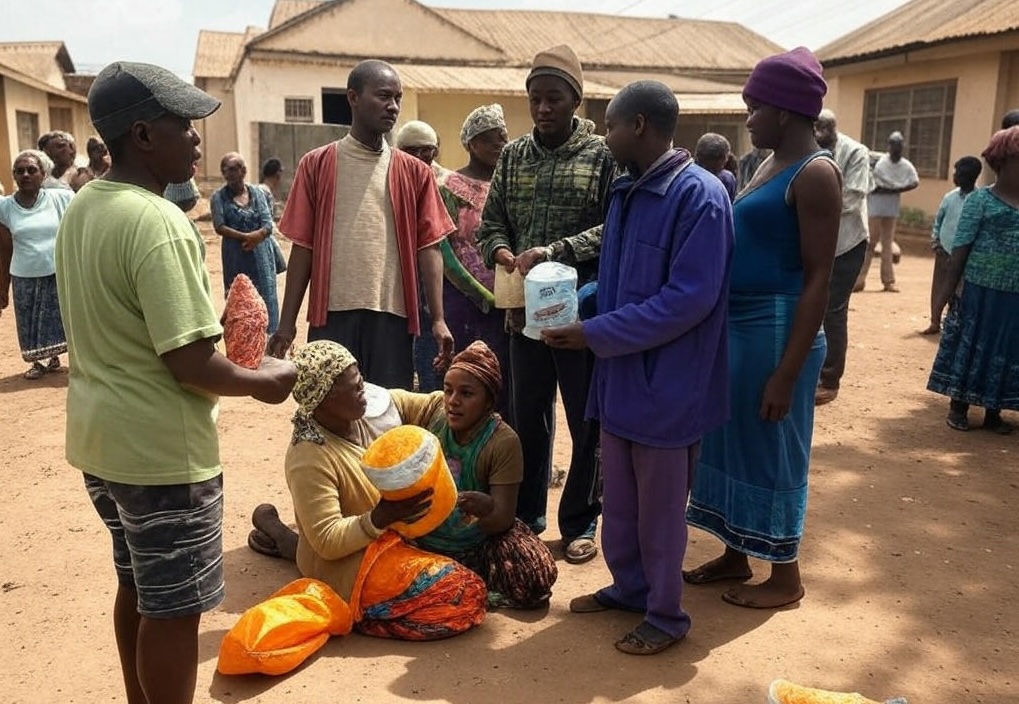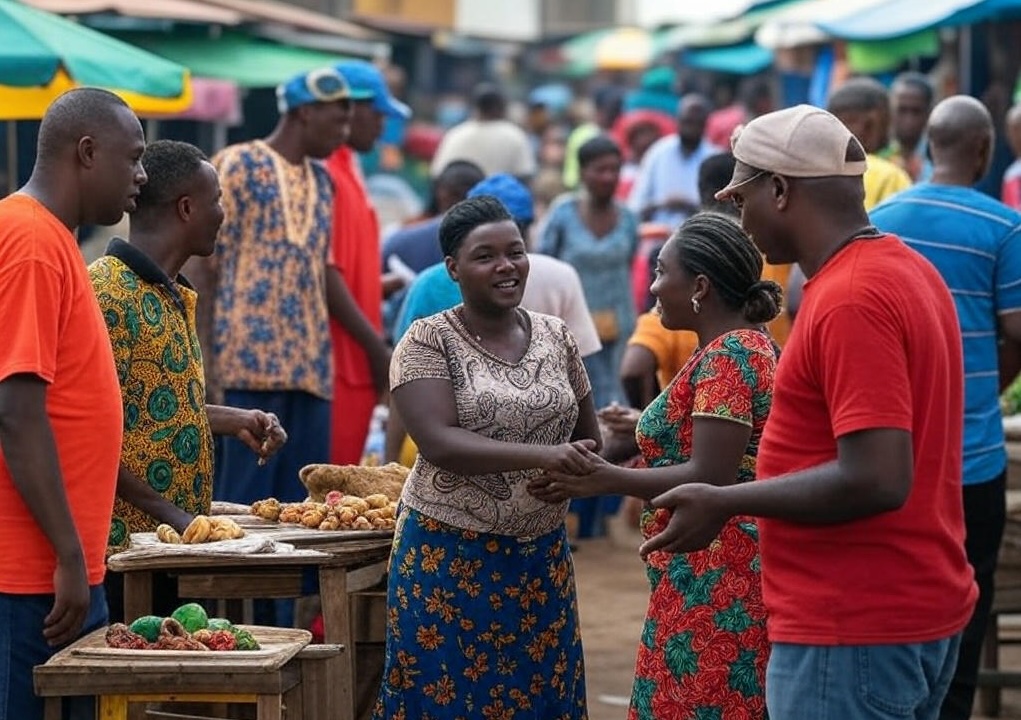Humanitarian and Economic Fallout of USAID Cuts
Observations By Ceaser Siwale, Executive
USAID’s abrupt funding halt has delivered a shock to health and welfare programs across Africa. In early 2025, the U.S. government terminated roughly 90% of its foreign aid contracts, effectively ending some 10,000 USAID-supported projects worldwide. Termination letters went out to organizations fighting hunger and disease, informing them their life-saving programs were being defunded “for the convenience and interests of the U.S. government”. The impact was immediate and devastating: in Somalia, for example, USAID-funded clinics – the only healthcare in 13 communities – shut their doors, and nutrition programs for 1,700 malnourished children per day were halted overnight. “Starting today… absolutely people will die,” warned one NGO leader as vital services for clean water, food, and health care ceased. Aid groups noted that such abrupt cuts would only breed needless suffering, instability, and desperation and would not achieve the safety or prosperity for America that proponents of the cuts claim.

The humanitarian consequences are especially dire in health care. Major global health initiatives were gutted: programs for HIV/AIDS, tuberculosis, malaria, and maternal health all received termination notices. UNAIDS called the loss of U.S. support a “serious development” that would disrupt life-saving services for people with HIV. In South Africa, which has the world’s largest HIV-positive population (around 8 million people), experts fear “years of progress” could be reversed. The U.S. contributes about 17% of South Africa’s HIV/AIDS funding, so cutting this aid will inevitably mean fewer tests, fewer patients on treatment, and ultimately more lives lost. “We will see lives lost… this epidemic [will] walk back as a result,” warned one South African health official. Other highly effective programs were also hit; some of the “most efficient, effective health delivery programmes” in South Africa received termination letters, a move experts called a “devastating blow” to the country’s fight against HIV. Beyond HIV, organisations combating malaria and providing neonatal care similarly saw the majority of their contracts cancelled. For many communities, these aid cuts mean medicines go undistributed, and health clinics remain shuttered, imperilling vulnerable lives.
The cuts extend beyond health. USAID also funds infrastructure projects, education, agriculture, and economic initiatives – many of which are now frozen. In countries like Malawi, aid agencies historically spent more money than the national government itself on public services. Now that aid is withdrawn, there is a gaping hole in funding for things like schools, roads, and water systems. Thousands of local staff employed on aid projects have lost their jobs as projects grind to a halt (Ethiopia alone reportedly had to lay off 5,000 aid workers due to the funding freeze). The broader economic ripple effects are severe: with donor-funded salaries and purchases gone, local economies suffer. One modelling analysis estimates that the aid cuts could push an additional 5.7 million Africans into extreme poverty within a year. If the cuts persist, nearly 19 million more people could be living in extreme poverty by 2030 compared to previous trends. Overall economic growth will take a hit – Sub-Saharan Africa’s economy may end up $4.6 billion smaller by 2030 than it would have been without these aid reductions. Hardest-hit countries are those that depended heavily on U.S. aid, including large nations with big vulnerable populations such as the Democratic Republic of Congo, Ethiopia, Somalia, Niger, Uganda, and Tanzania. With the U.S. providing roughly 25% of all foreign aid to Africa (once multilateral aid is included), its retrenchment leaves a huge gap. Refugee camps and internally displaced people who relied on U.S.-funded food and shelter may face dramatically higher mortality, as America had been the world’s largest humanitarian donor. In short, the immediate fallout of USAID’s withdrawal is a humanitarian crisis: millions are losing access to health care and basic needs, and fragile economies are straining under sudden loss of funding.
At the same time, some argue this painful shock exposes longstanding flaws in Africa’s aid dependency. Fundamental economic progress has lagged despite over $50–60 billion in annual global aid to Africa in recent years. Critics note that while aid kept people alive through crises, it did not solve structural issues – many African nations still grapple with underdevelopment and debt. In some cases, aid even enabled government complacency or corruption. In Malawi, for example, reliance on foreign assistance became so entrenched that the government focused more on managing donor contracts than on expanding trade or tax revenue. Now, with donors pulling back, African governments face the challenge of meeting citizens’ needs with their own resources. This crisis thus comes with an opportunity: to rethink the aid model and push for more self-reliant development. The next articles will explore how African countries might respond – by strengthening governance, uniting regionally, and seeking new partnerships – and the long-term implications.

